Black History Month
From Negro History Week to a Monthlong Celebration
Black History Month as we know it was first observed in the second week of February since the birthdays of two notable black history figures (Abraham Lincoln and Frederick Douglass) occurred during that week. The concept of carving out time to reflect on the historical achievements of blacks rests with Harvard-educated historian Carter G. Woodson and other prominent figures in the black community. The idea began to stir in Woodson in 1915 when he traveled from Washington, D.C. to Chicago, Illinois, to attend a state-sponsored commemoration of the fiftieth anniversary of the emancipation of American blacks held at the Coliseum.
Thousands flocked to Chicago for the event, and many waited in line for their turn to view the exhibits, including Carter G. Woodson’s black history display, since he was an exhibitor. Woodson attended the University of Chicago, from which he earned both a bachelor's and master's, and in 1912, he received his doctorate from Harvard. He was the second black person to receive a doctorate from Harvard University, after W.E.B. Du Bois. With his doctorate in hand, Woodson devoted himself to the study of black history. The three weeks he spent in Chicago, at the emancipation celebration, inspired him to redouble his efforts.
Even before he left Chicago, Woodson formed an organization dedicated to promoting the scientific study of black life and history. During the third week of the exhibit (on September 9, 1915), he went to the Wabash YMCA and met with its executive secretary, A.L. Jackson, a fellow Harvard alumnus. Also in attendance were George Cleveland Hall, a black physician and humanitarian, and James E. Stamps, a Yale graduate student whose focus was economics. Together, they formed the Association for the Study of Negro Life and History (ASNLH).
Before the founding of the ASNLH, black scholars and historians had no professional outlets to foster and promote their ideas or accept them as members. To facilitate this, Woodson—together with Jesse E. Moorland, a minister and civic leader—launched the Journal of Negro History in 1916 through the University of Chicago Press. The journal became a printed forum for the presentation and spread of historical findings in black history research.
A decade later—that being February 1926—Woodson announced the first Negro History Week via a press release. There was overwhelming support for the celebratory week from the start. Both the public and schools across the country embraced the concept by observing the week. Black people far and wide were experiencing their culture in new ways and learning a great deal about their collective history. Even some whites supported the cause. But the success of the celebration soon gave way to exploitation, and it wasn’t long before seasoned opportunists swooped in to reap financial rewards from unsuspecting knowledge-hungry patrons. Publishing houses, which largely ignored black content in the past, seized the moment and began churning out black history books to supply mainstream audiences and schools.
As the decades rolled, interest in authentic black history studies increased, and there was a push to expand its coverage in schools. By the 1940s, Negro History Week expanded to a monthlong celebration in select communities, and by the 1960s—in the midst of the civil rights movement and the rise of black consciousness—the monthlong celebration was becoming mainstream, particularly on college campuses. Then, in 1976, Carter G. Woodson’s association (which dropped the Negro in its name and became the Association for the Study of African American Life and History) pushed for the widespread adoption of February as Black History Month. President Gerald R. Ford made the celebration official by calling on Americans to join in observing the month, saying:
“Seize the opportunity to honor the too-often neglected accomplishments of black Americans in every area of endeavor throughout our history.”
Since President Ford, every successive president has appointed February as Black History Month.
You may also be interested in:
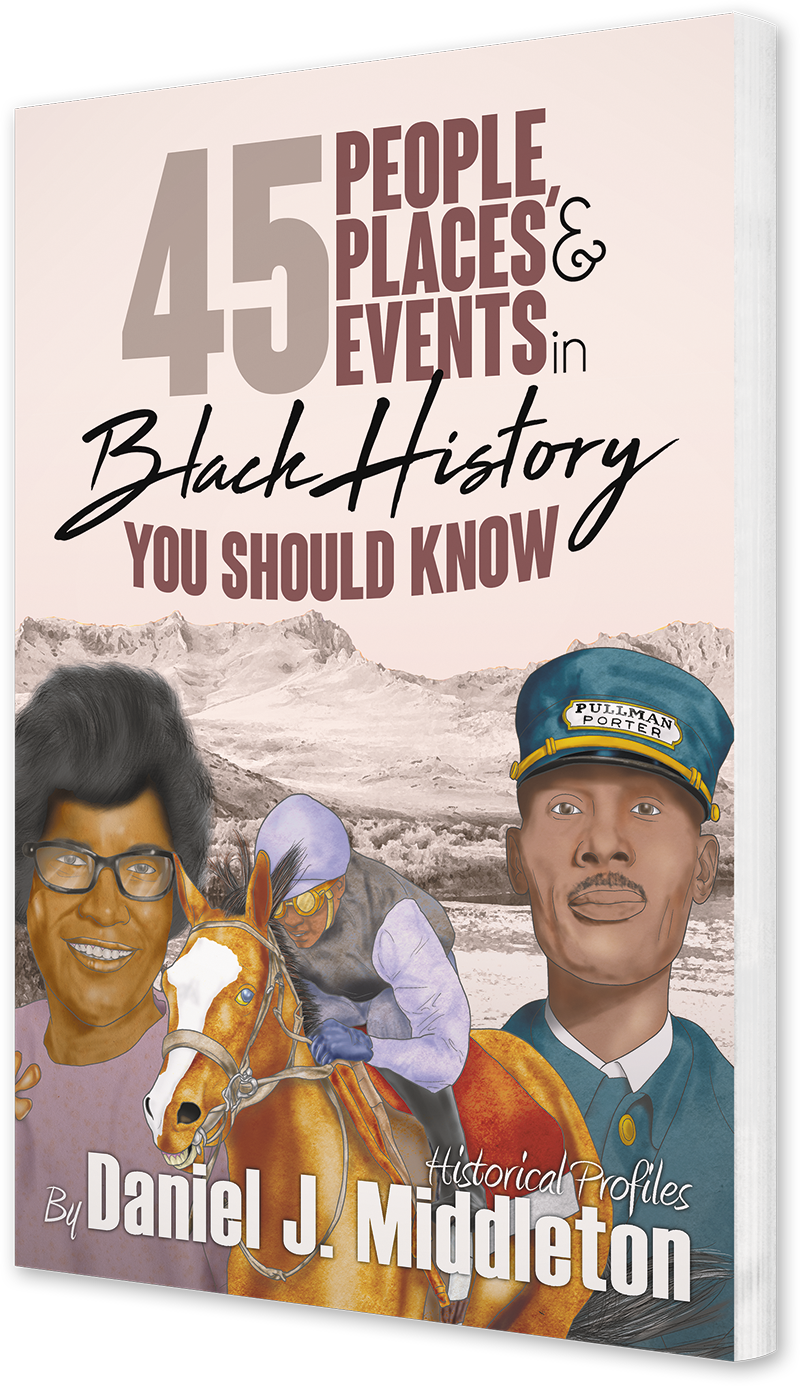
This article appears in 45 People, Places, and Events in Black History You Should Know.
Available from Amazon.com, BN.com, and other retailers.

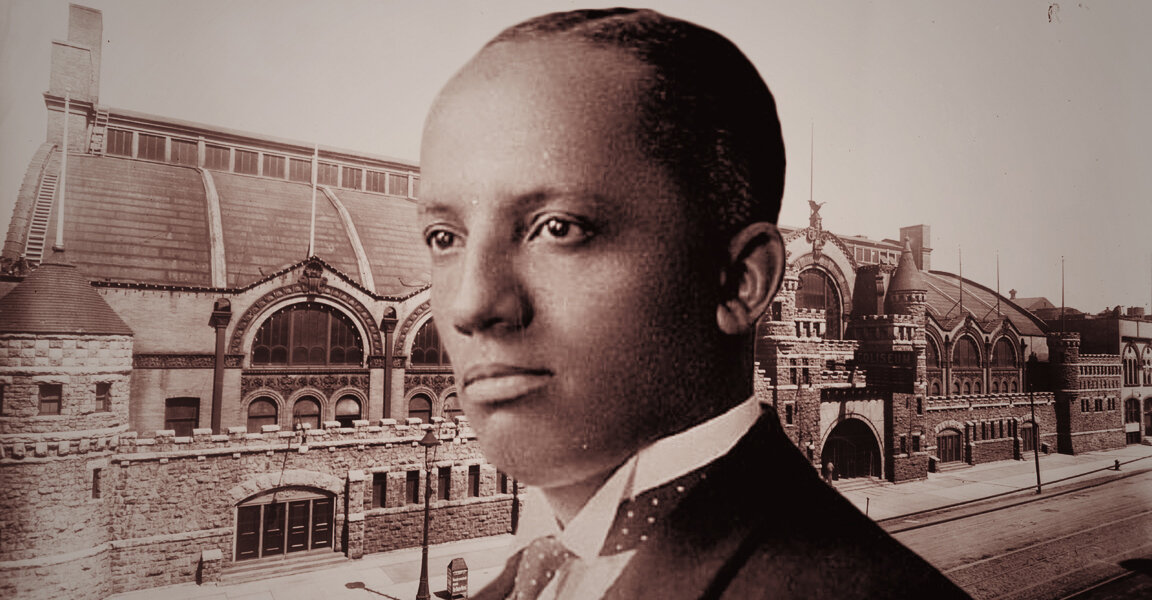
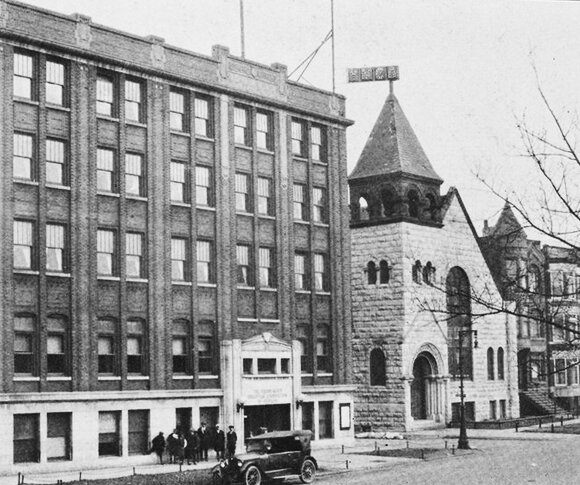
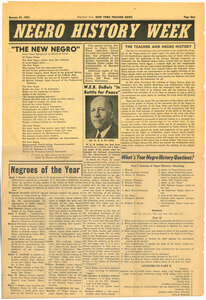

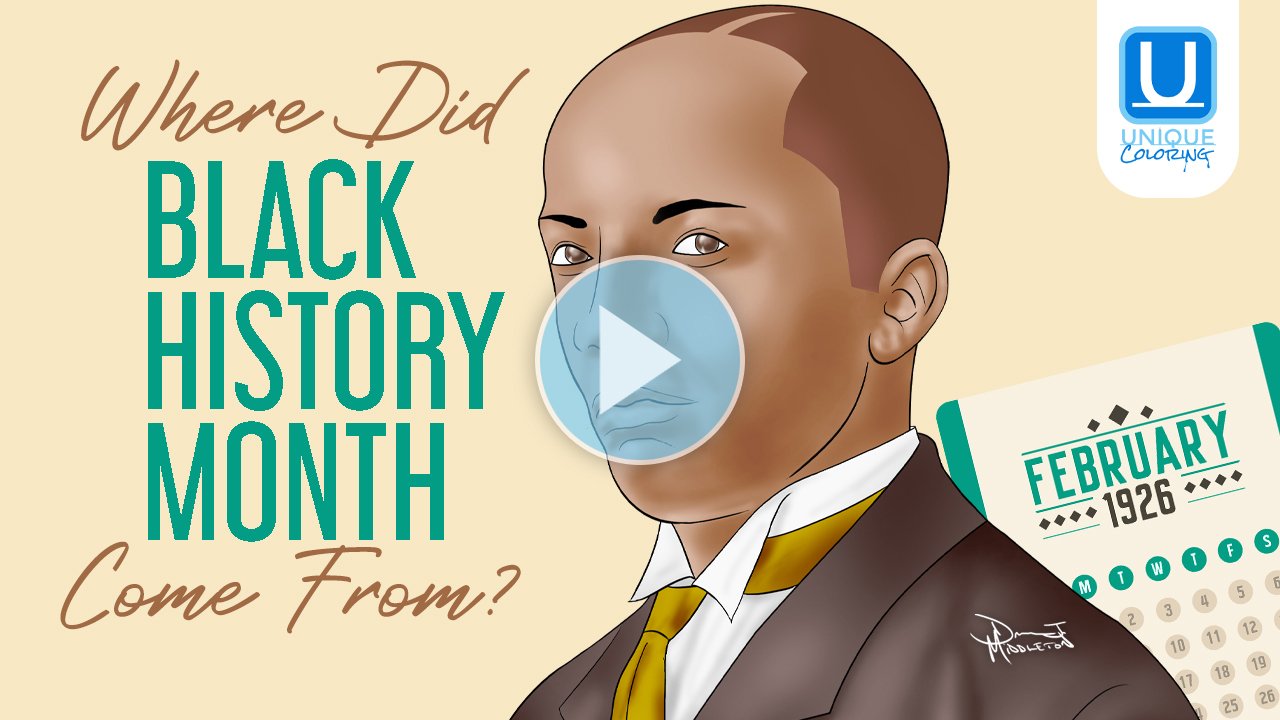
Originating in Galveston, Texas with the June 19, 1865 announcement of General Order No. 3, former Texas slaves made a celebration out of the date and carried it wherever they migrated.